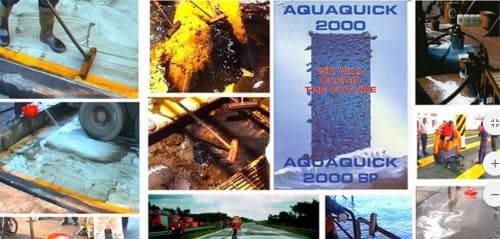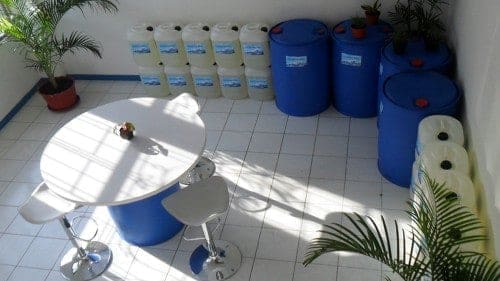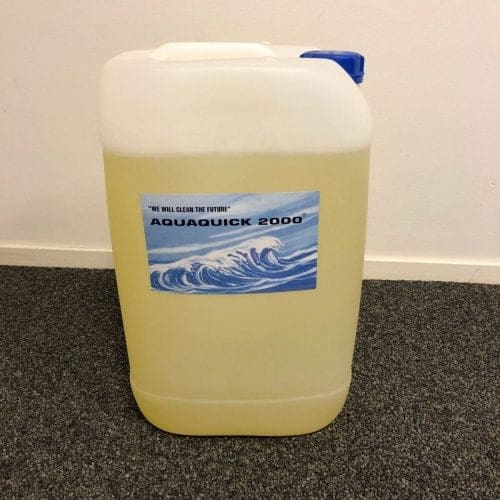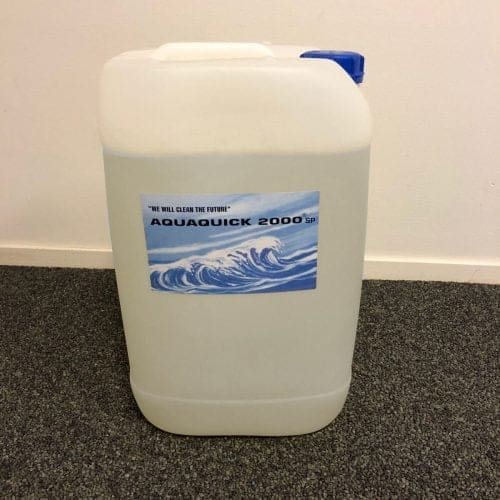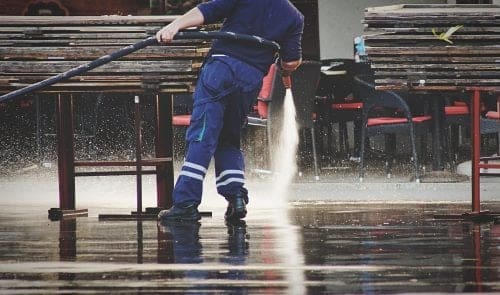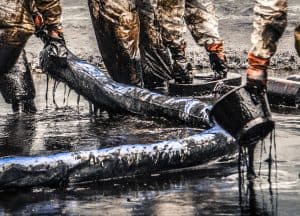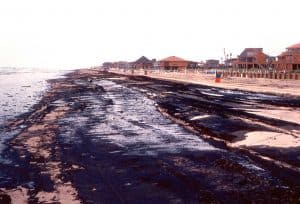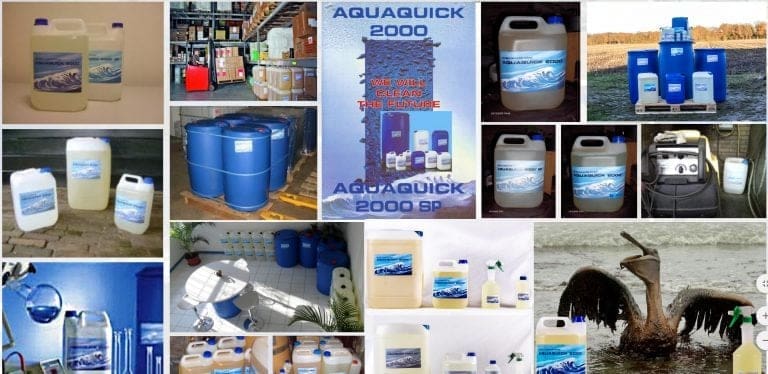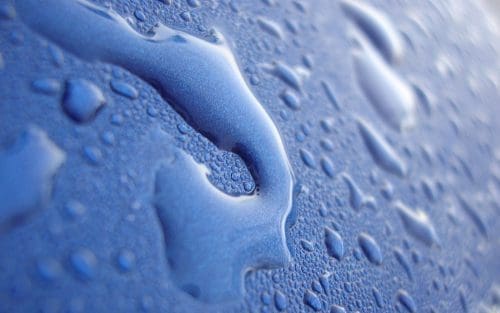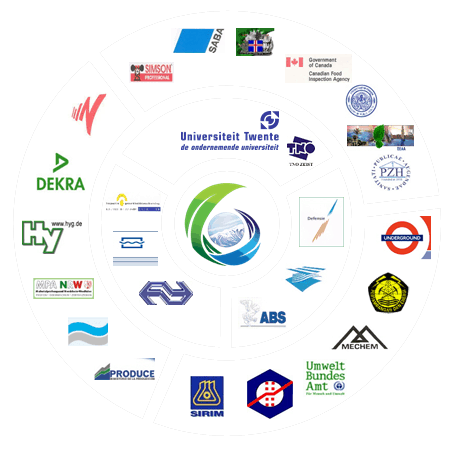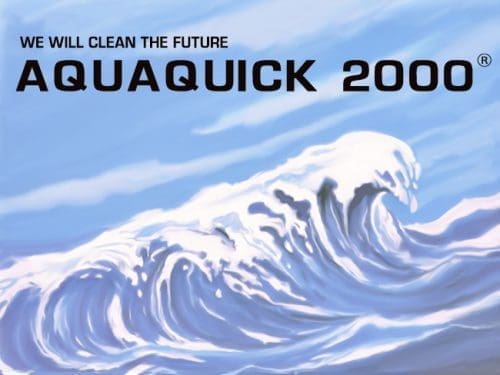The Seto Inland Sea, one of Japan’s most ecologically rich and culturally significant bodies of water, has faced numerous environmental challenges over the years. Among the most devastating are oil spills, which threaten marine biodiversity, local industries, and the livelihoods of communities depending on the sea. This article delves into the impacts of oil spills on the Seto Inland Sea, the cleanup efforts, and how innovative solutions like AQUAQUICK 2000 can mitigate future disasters.
Przegląd śródlądowego morza Seto
The Seto Inland Sea, nestled between Honshu, Shikoku, and Kyushu islands, is renowned for its tranquil waters, diverse marine life, and vibrant fishing communities. However, its strategic location as a hub for shipping and industrial activities also makes it vulnerable to oil spills. The delicate balance of this ecosystem can be easily disrupted by even small-scale contamination.
Wpływ wycieków ropy na śródlądowe morze Seto
Konsekwencje dla środowiska
Oil spills in the Seto Inland Sea have far-reaching consequences for the environment:
- Życie morskie: The region’s diverse marine species, including fish, shellfish, and seaweeds, suffer from oil contamination. The toxic hydrocarbons in oil damage fish gills, impede photosynthesis in aquatic plants, and disrupt the food chain.
- Birds and Mammals: Seabirds and marine mammals coated with oil lose their insulation and buoyancy, leading to hypothermia and drowning. Oil ingestion during grooming further poisons these animals.
- Habitats: Sensitive coastal habitats, such as mangroves and tidal flats, are severely affected, with long-lasting recovery periods.
Skutki gospodarcze i społeczne
The Seto Inland Sea supports thriving industries, including fishing, aquaculture, and tourism. Oil spills can lead to:
- Decline in Fisheries: Contaminated waters force fishermen to halt operations, leading to economic losses.
- Reduced Tourism: Polluted beaches and degraded natural beauty deter tourists, impacting local businesses.
- Health Risks: Communities near the sea face health risks from exposure to toxic fumes and contaminated seafood.
Znaczące incydenty związane z wyciekiem ropy
Wyciek ropy naftowej w Nachodce (1997)
In 1997, the Russian tanker Nakhodka broke apart in the Sea of Japan, releasing approximately 6,200 tons of oil. While not directly in the Seto Inland Sea, the incident underscored the vulnerability of Japan’s waters to such disasters. Lessons learned from this spill have influenced response strategies in the Seto region.
Ostatnie zagrożenia
Ongoing risks from aging tankers, increased shipping traffic, and industrial activities highlight the need for vigilance and preparedness to prevent similar disasters in the Seto Inland Sea.
Wysiłki i wyzwania związane z oczyszczaniem
Metody tradycyjne
Cleanup operations in the Seto Inland Sea typically involve:
- Odzyskiwanie mechaniczne: Using skimmers and booms to contain and remove surface oil.
- Dyspergatory chemiczne: Breaking down oil into smaller particles, though their environmental impact remains controversial.
- Manual Cleanup: Employing volunteers and professionals to clean contaminated shorelines and rescue affected wildlife.
While these methods are effective to some extent, they often fall short in minimizing long-term ecological damage and require significant resources.
Rola AQUAQUICK 2000 w usuwaniu wycieków ropy naftowej
AQUAQUICK 2000, a biodegradable and eco-friendly cleaning agent, has emerged as a revolutionary solution for oil spill management. Its unique formula emulsifies oil, enabling natural biodegradation processes to restore ecosystems more efficiently.
Zalety AQUAQUICK 2000
- Environmentally Safe: Completely biodegradable and non-toxic, making it ideal for use in sensitive ecosystems like the Seto Inland Sea.
- Wszechstronne zastosowanie: Effective on various types of oil and suitable for both surface water and shoreline cleaning.
- Opłacalność: Reduces cleanup time and resource requirements compared to traditional methods.
Using AQUAQUICK 2000 in oil spill responses can significantly enhance the efficiency of cleanup operations, ensuring faster recovery for affected ecosystems and communities.
Zapobieganie wyciekom ropy w przyszłości
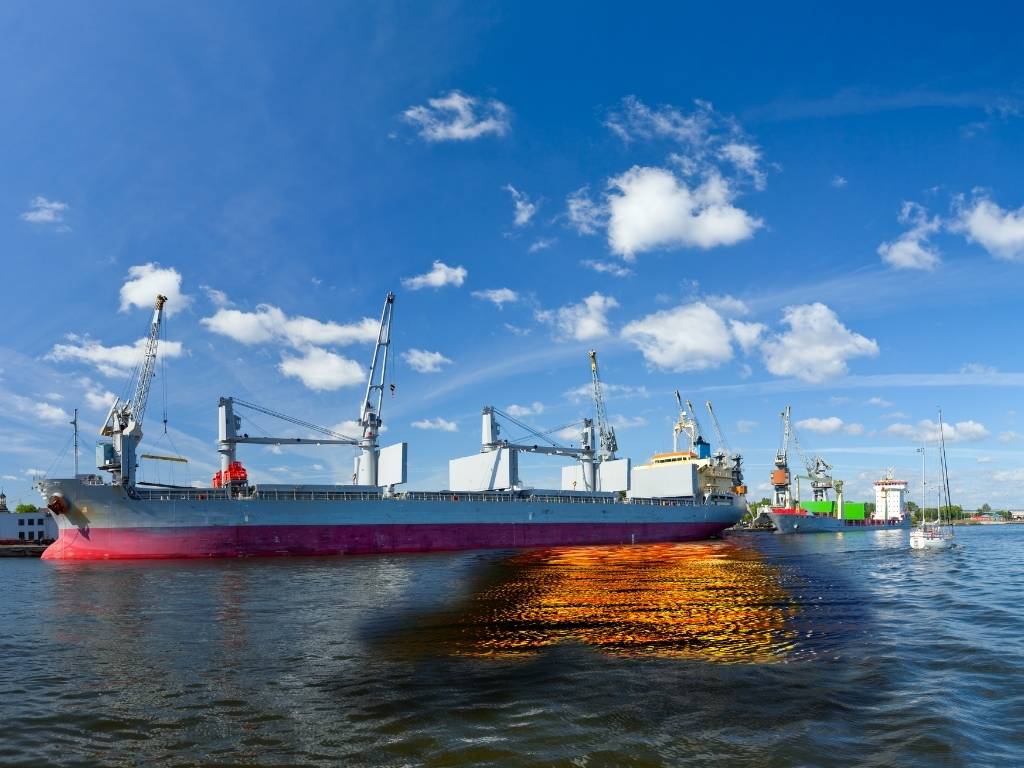
Wzmocnienie przepisów
Governments and industries must enforce stricter regulations on:
- Shipping Standards: Ensuring tankers and cargo ships adhere to rigorous safety protocols.
- Industrial Practices: Monitoring and mitigating risks from industrial discharges and accidents.
Zwiększanie gotowości do reagowania
Investing in advanced technologies and training for emergency response teams can minimize the impact of future spills. Collaborative efforts between governments, industries, and local communities are essential to maintaining the resilience of the Seto Inland Sea.
Promowanie zrównoważonych alternatyw
Reducing dependence on fossil fuels through the adoption of clean energy solutions can significantly lower the risk of oil spills. Encouraging the use of renewable energy and eco-friendly transportation options is a crucial step in this direction.
Wnioski
The Seto Inland Sea is a priceless natural treasure, vital to Japan’s culture, economy, and environment. Protecting it from oil spills requires a combination of preventive measures, effective cleanup technologies like AQUAQUICK 2000, and collective action from all stakeholders. By prioritizing sustainable practices and innovative solutions, we can ensure the preservation of this iconic sea for generations to come.

